The Significance of Pelvic Floor Health
When it comes to the matters of health, several areas are often overlooked, and one such area is the pelvic floor. For many women, the importance of maintaining pelvic floor health only becomes apparent when problems start to arise. The pelvic floor is a group of muscles, ligaments, and tissues that support the bladder, uterus, vagina, and rectum. These elements work together to promote control over bladder and bowel functions and contribute significantly to sexual response. With the increasing acknowledgment in women’s health communities, it is crucial to understand the essence of pelvic floor health.
Pelvic Floor Disorders and its Impact
Research indicates that close to one in five women in the US will undergo surgery for a pelvic floor disorder during their lifetime. Conditions such as urinary or fecal incontinence, pelvic organ prolapse, and others can significantly damage the pelvic floor. These issues can swiftly turn into a source of embarrassment and inconvenience, drastically affecting the quality of life. Therefore, maintaining pelvic floor health becomes inevitably significant.
The Role of Pelvic Floor Exercises in Women’s Health
Pelvic floor exercises, also known as Kegel exercises, are critical actions in safeguarding and improving pelvic floor health. They involve repeated contraction and relaxation of the pelvic floor muscles, which increases their strength and flexibility. Pelvic floor exercises offer an array of benefits, from reducing urinary and bowel incontinence to lessening the risk of pelvic organ prolapse.
– Strengthening the pelvic floor muscles: Pelvic floor exercises are known to enhance the muscles that support the uterus, bladder, small intestine, and rectum. The reinforcement of these structures supports better bladder control and bowel function.
– Lowering the risk of pelvic organ prolapse: Regularly practicing pelvic floor exercises helps to support the organs in the pelvic region, lessening the chance of them dropping down into the vagina – a condition known as pelvic organ prolapse.
– Enhancing recovery post childbirth: Pregnancy and childbirth can cause the pelvic floor muscles to relax. Many women experience issues like urinary incontinence after childbirth, making pelvic floor exercises a vital part of postnatal care.
Whether you are already facing issues related to pelvic floor health or are seeking preventative measures, these benefits highlight how incorporating pelvic floor exercises into your routine can significantly affect your overall well-being.
How to Perform Pelvic Floor Exercises
To reap the benefits, it is crucial to perform these exercises correctly. The basics involve contracting the muscles as if you are trying to stop the flow of urine or hold in gas. For a more detailed guide, check out this Mayo Clinic article on pelvic floor exercises.
The Importance of Professional Guidance
Even though pelvic floor exercises seem relatively straightforward, getting professional guidance can make a significant difference. An obstetrician-gynecologist in Chicago, Illinois, within the Women’s Health Group, shared how comprehensive professional assistance covered not only exercise guidance but also nutritional advice, biofeedback, and evidence-based treatments focused on improving pelvic floor health.Women’s Health further discusses the muscular issues and provides extensive content on pelvic floor disorders and treatments.
The Bottom line
Understanding and maintaining pelvic floor health is a crucial aspect of women’s health. The associated conditions not only harm physical health but also disrupt mental well-being by reducing confidence and causing embarrassment. Consequently, pelvic floor exercises play an adamant role in ensuring a healthy pelvic floor, decreasing the risk of uncomfortable and often debilitating conditions.
Remember, it’s never too late to start prioritizing your pelvic health. Through regular pelvic floor exercises and professional guidance, you can take an active role in maintaining and restoring your pelvic health. In the realm of overall well-being, pelvic health is an essential facet that cannot be overlooked.




